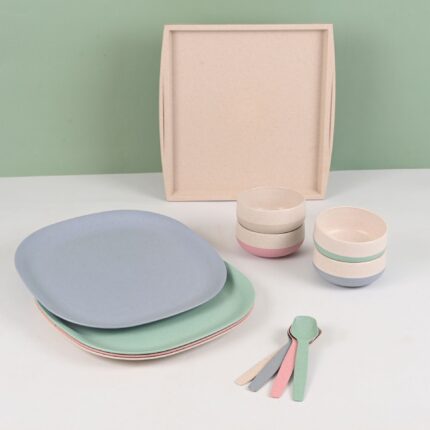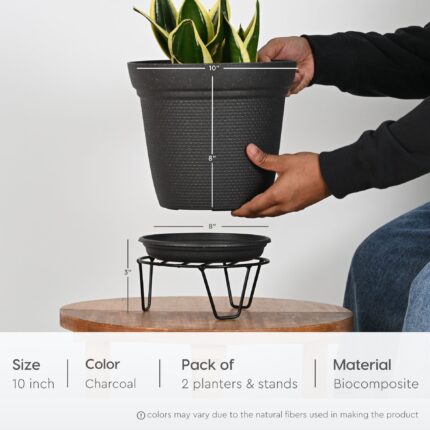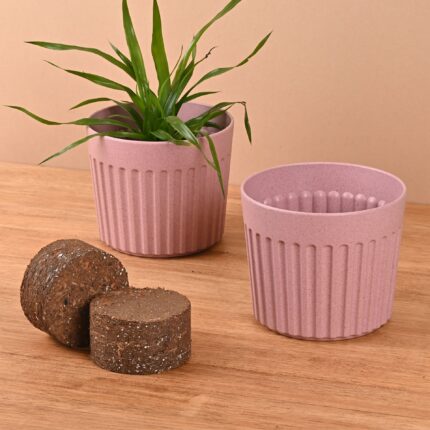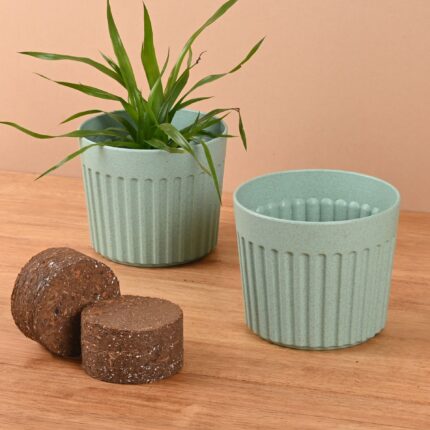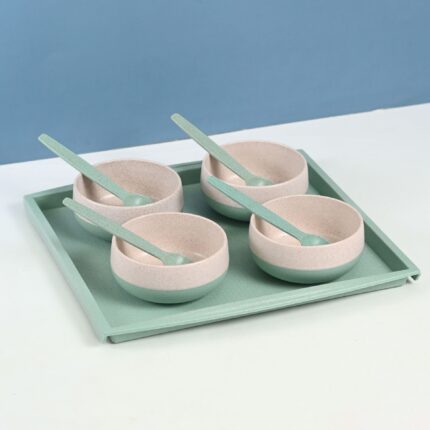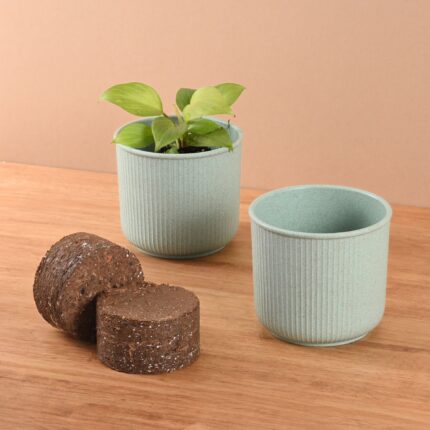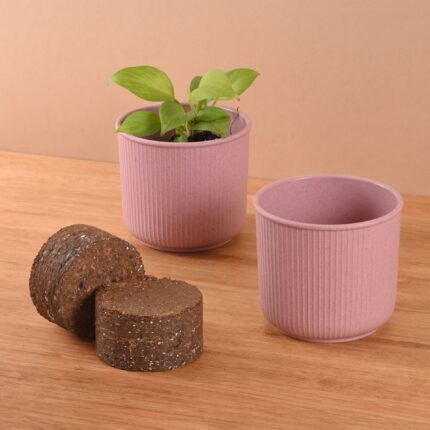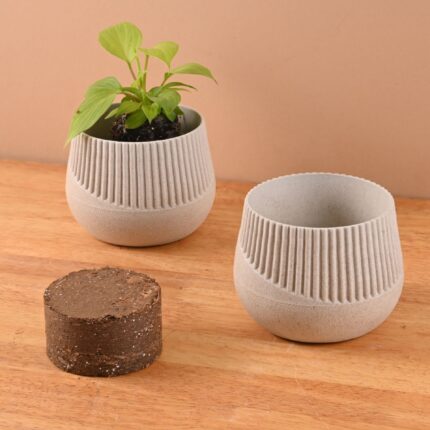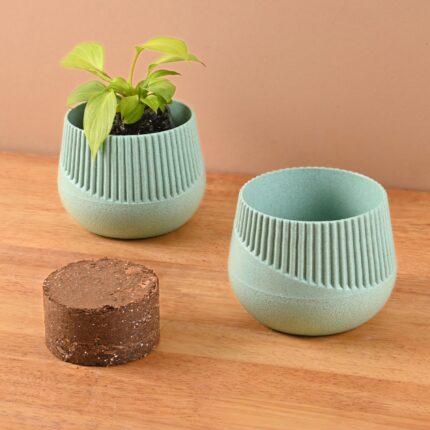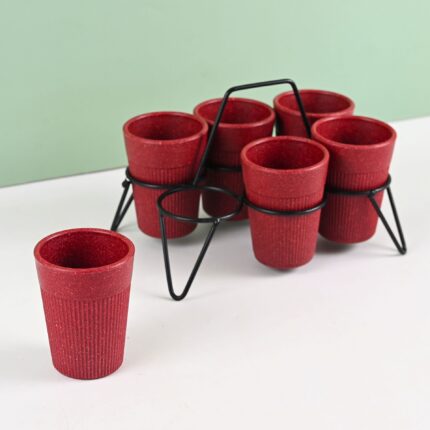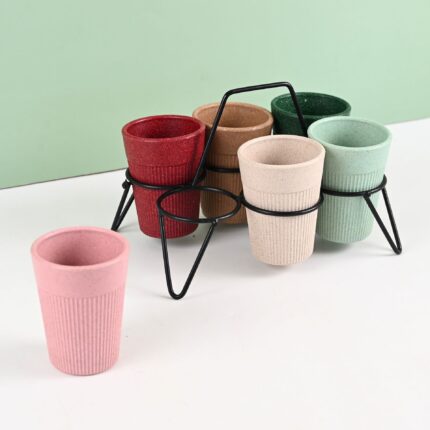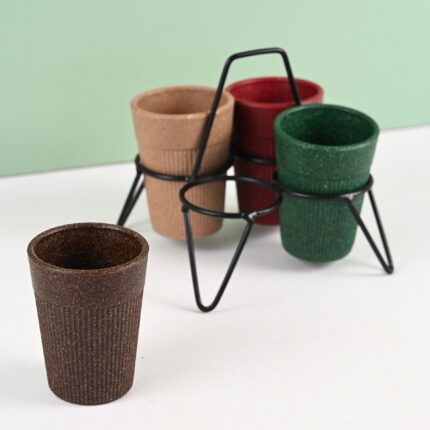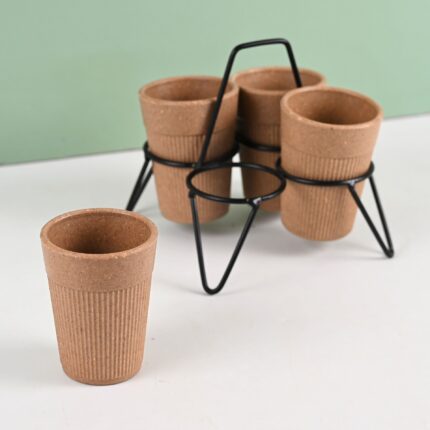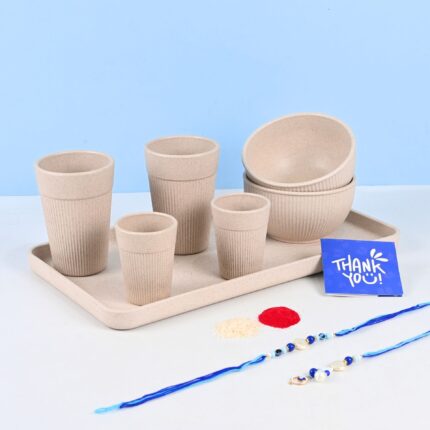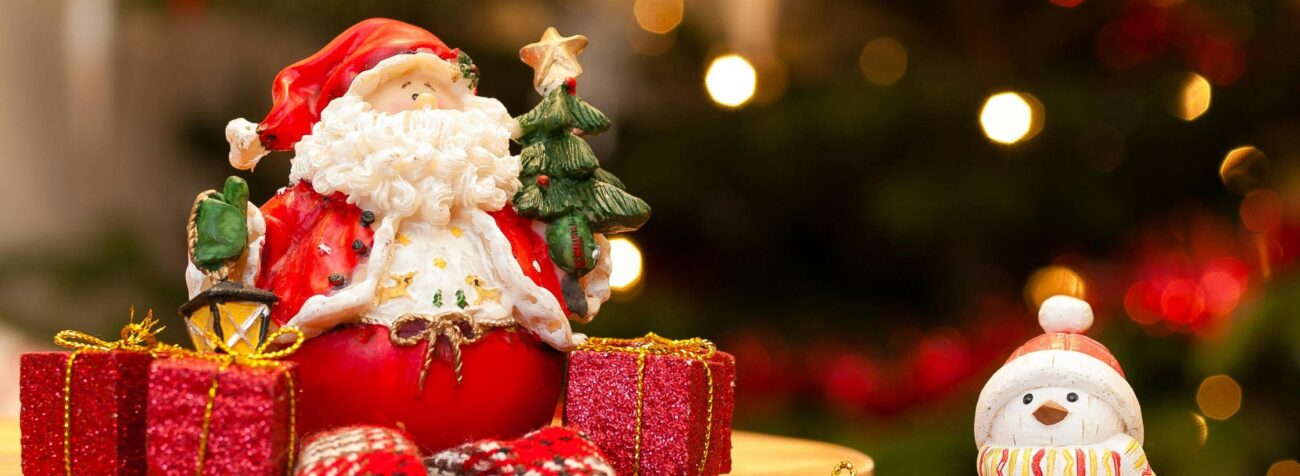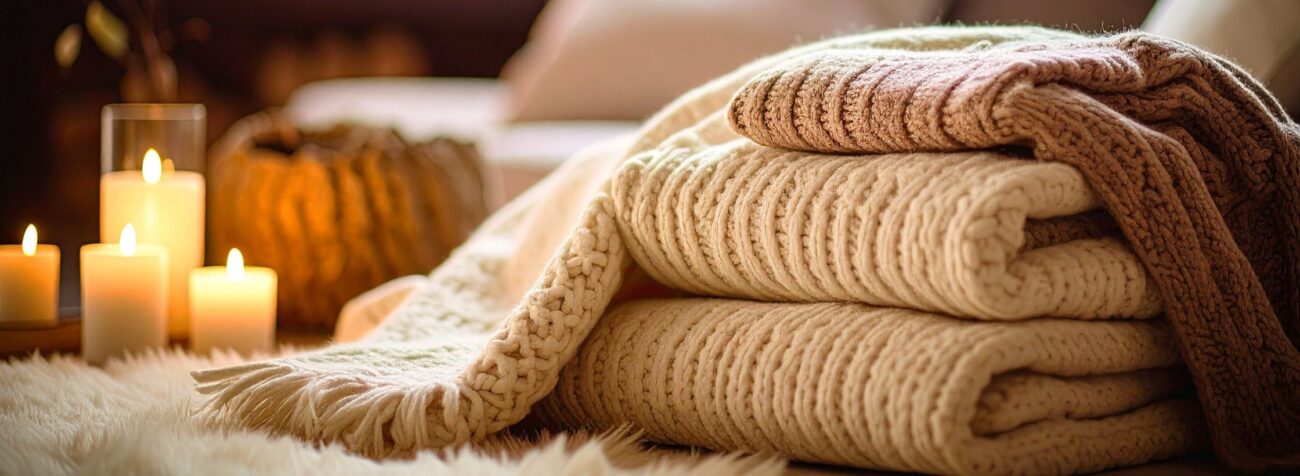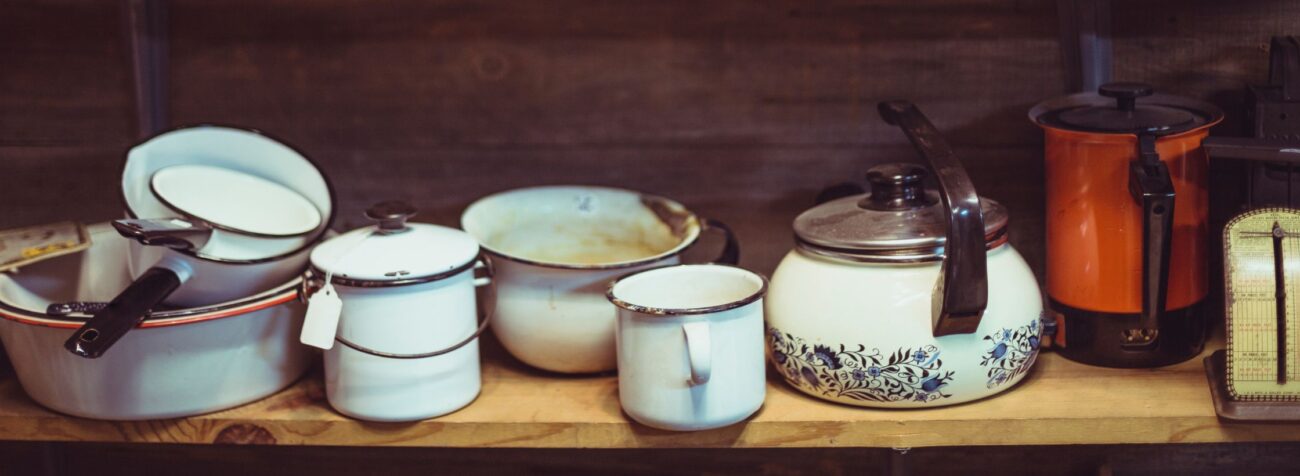Activating the Sahasrara: The Spiritual Significance of Maa Kalaratri on Navratri Saptami
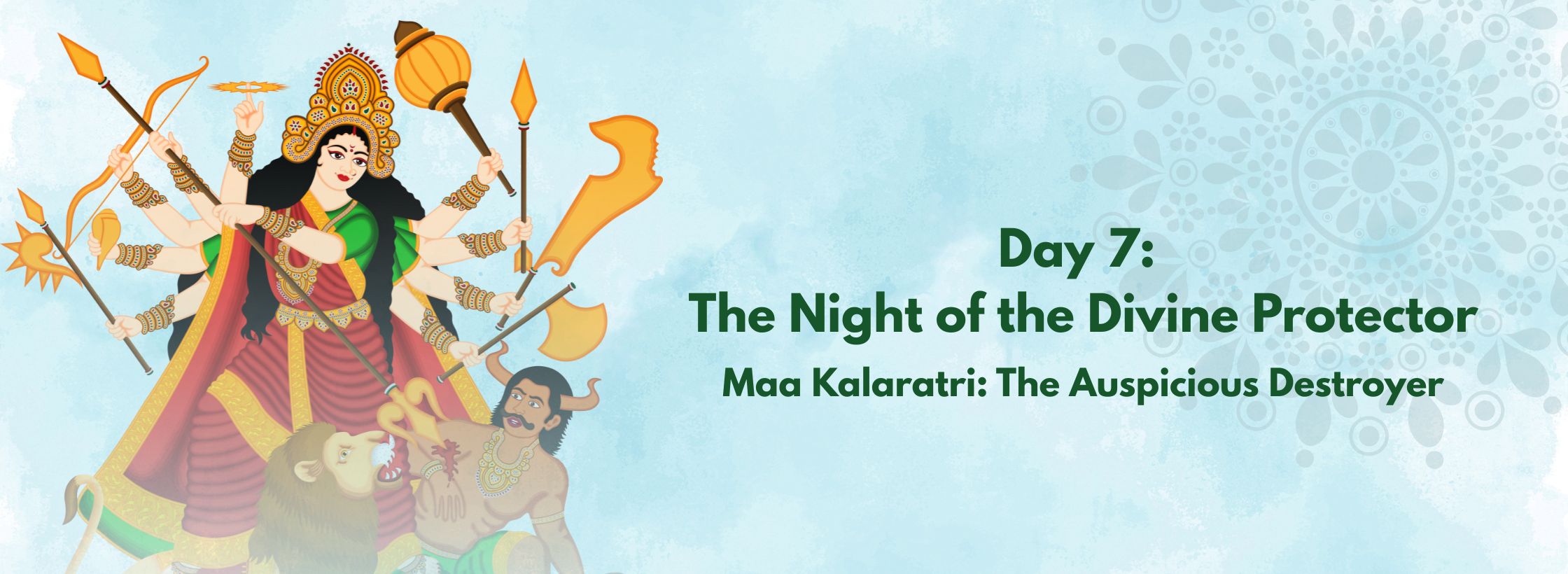
Activating the Sahasrara: The Spiritual Significance of Maa Kalaratri on Navratri Saptami
Maa Kalaratri is worshipped on Navratri Day 7 as the fierce protector who clears darkness and awakens inner strength.
Ever wondered why Day 7 of Navratri feels more intense than the rest? Or what’s the deal with worshipping a fierce goddess and how that even fits into everyday life (with your home stuff, your eco‑habits, your gifting plans)? You’re not alone in asking that. Many people feel stuck—how to connect spiritual practice with day‑to‑day choices, or why worshipping a “dark, fierce form” is supposed to bring peace.
In this blog, we talk straight about Maa Kalaratri, Navratri Day 7 Goddess, and the Meaning of Maa Kalaratri’s fierce form. We’ll walk together through the Maa Kalaratri spiritual significance, as if over coffee, and also tie in ideas you care about—home, office, sustainable gifting, reusing, living light.
Why Day 7? Why Maa Kalaratri?
On Navratri Day 7, the spotlight shifts to the Navratri Day 7 Goddess form, Maa Kalaratri. This is no gentle mother idol—her image is wild: dark complexion, untamed hair, holding weapons, sometimes riding a donkey. That fierce face unsettles people. But that’s the point.
Her fierce form is symbolic. She represents the raw energy that destroys ignorance, fear, negative forces. Think of her as a cleanser. On Day 7, many devotees chant her mantras, meditate, fast, and seek her blessings to:
1. Face internal fears
2. Let go of what’s holding them back
3. Activate clarity, especially in spiritual realms
4. Push through stagnation
In spiritual practices, she’s often linked with opening the Sahasrara chakra (the crown), letting consciousness break free of limiting patterns.
So the question people often ask: “How can something fierce feel loving?” Answer: she loves you enough to pull out roots, not just prune leaves.
Meaning of Maa Kalaratri’s Fierce Form — What’s She Teaching Us?
Let’s break down what that fierce look really means in our lives:
Darkness = ignorance
Her deep, dark hue mirrors darkness of ignorance, not evil. She shows that to reach light, you first must traverse darkness.
Weapons = cutting ties
The sword, hook, or other weapons mean she severs attachments—fear, ego, negative energy.
Abhaya / Varada mudras
Even in her fierce form, she gives protection and blessings. She’s not cruelty; she’s fierce mother protecting you from hidden threats.
Donkey mount
Not a majestic lion or tiger. A donkey shows humility, resilience. She walks her talk.
Four arms
Multiple arms hint that real growth is multi‑dimensional—mental, physical, emotional, spiritual.
In short: her fierce form is invitation, not punishment. It tells you: “I’ll help you clear, even if it hurts, so you can rise cleaner.”
Maa Kalaratri Spiritual Significance — Why It Connects
Let’s connect how the Maa Kalaratri spiritual significance plays out if you’re someone who cares about home, sustainable living, people, and progress.
1. Inner cleansing = outer clarity
Just as she clears inner negativity, you can apply the same to your space: declutter, release unused items, reuse or donate. Your home becomes a mirror of your mind.
2. Activate Sahasrara — ascending energy
The crown chakra or Sahasrara is about higher connection, awareness. On Day 7, many spiritual seekers say vibrations are higher. That’s why the title says “Activating the Sahasrara.” Worshipping Maa Kalaratri helps dissolve blockages at the top of the spine.
3. Courage for change
Her presence gives the courage to transform: maybe switching to reusable tableware, upcycled planters, fair trade mugs, reducing plastic. When your inner resistance lessens, it’s easier to act sustainably.
4. Symbol of renewal
Cycles of creation and destruction. She shows that sometimes we must “destroy” outdated patterns so new life—green choices—can grow.
How to Worship Maa Kalaratri on Navratri Day 7 (Practical Ritual Tips)
1. Clean home & self: Clean your space. Wear clean clothes (often dark or blue hue). Physical cleanliness helps mental clarity.
2. Image or Murti: Place an image of Maa Kalaratri on a red or dark cloth. Use eco‑friendly print or copper/brass small idol if possible.
3. Light & aroma: Light a diya (ghee or eco lamp). Burn incense or dhoop. Use natural incense or scented sticks without chemicals.
4. Offerings: Red flowers, jaggery, fruits, black sesame, incense. Prefer locally sourced, seasonal items.
5. Chant & meditate: Use mantra: Om Devi Kalaratryai Namah (or others). Then sit quietly. Even 5–10 minutes of focus helps.
6. Reflect & journal: Ask: What am I ready to let go? What wants renewal? Write or speak your intention.
7. Closing & gratitude: Do a short aarti or bell, express gratitude. Offer prasad and share.
These steps help you feel her presence, not just go through motions.
Maa Kalaratri, Navratri Day 7 Goddess — Real Life Example
Here’s a story to bring this alive:
A small home décor brand (let’s call it “GreenAura Crafts”) used to hoard inventory, use plastic packaging, and rarely talk about spiritual symbolism. One year during Navratri, they themed Day 7 around Maa Kalaratri, Navratri Day 7 Goddess and shared a blog about Maa Kalaratri spiritual significance.
They offered a special planter made from reclaimed wood, embossed with a subtle symbol of the goddess. They packaged it in reused boxes, with a note: “May this planter help you clear old roots and grow new light.”
Customers responded deeply. Some wrote mails: “I never saw religion in your products before, but this feel like you speak my inner life.” That planter became their best seller that week. The energy matched the ritual of cutting out what doesn’t serve.
This shows how weaving spiritual themes (like Maa Kalaratri) with eco products can feel real, not gimmicky.
Why This Matters for Home / Office / Gifting
1. Use cups and mugs with motifs or colors that remind you of transformation or clarity.
2. Pots and planters: grow a small herb, symbolize new life post “destruction.”
3. Use cups and mugs with motifs or colors that remind you of transformation or clarity.
4. Pots and planters: grow a small herb, symbolize new life post “destruction.”
5. Storage items: avoid over‑buying; reuse and recycle.
6. Tableware: choose biodegradable, fair trade, or durable materials that last.
When you celebrate Maa Kalaratri in your heart, these choices align with the energy of renewal, not waste.
Storage items: avoid over‑buying; reuse and recycle.
Tableware: choose biodegradable, fair trade, or durable materials that last.
When you celebrate Maa Kalaratri in your heart, these choices align with the energy of renewal, not waste.
Quick Takeaways to Carry Forward
Maa Kalaratri spiritual significance is about cutting through darkness to reveal light.
Maa Kalaratri, Navratri Day 7 Goddess teaches us that sometimes we need fierceness to grow.
The Meaning of Maa Kalaratri’s fierce form isn’t terror, it’s transformation.
Tie your spiritual ritual with everyday eco choices—gifting, reuse, sustainable home goods.
Use ritual steps (cleaning, offerings, mantra, reflection) to anchor the energy.
Refresh this content every Navratri so people see new stories, new products, new inspiration.
Visit eha’s range of sustainable Gifting products to choose, made with biocomposite materials using crop-waste such as rice husk, bamboo fibers and coffee husk.
If you are looking at developing new range of earth friendly product speak to experts at Mynusco.







